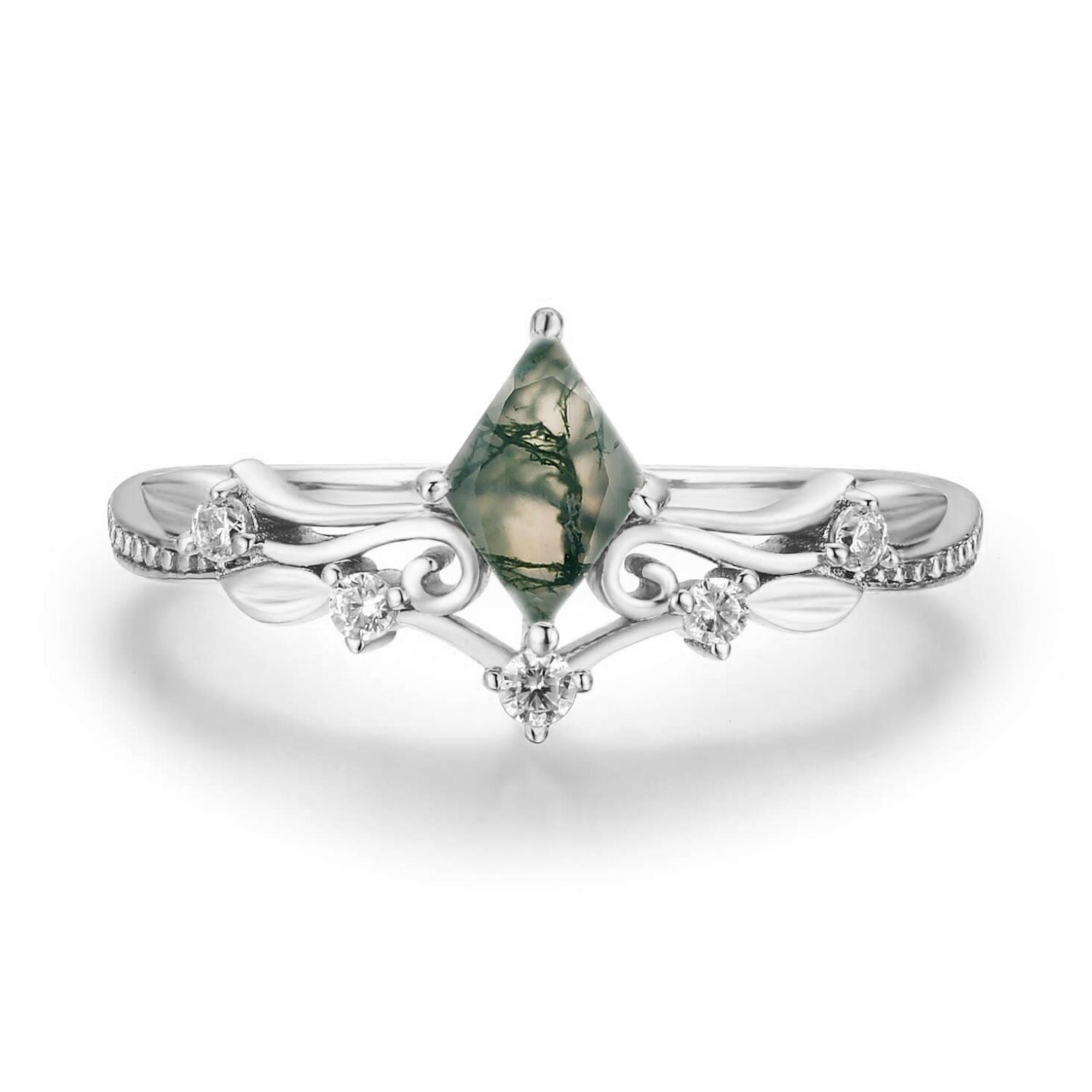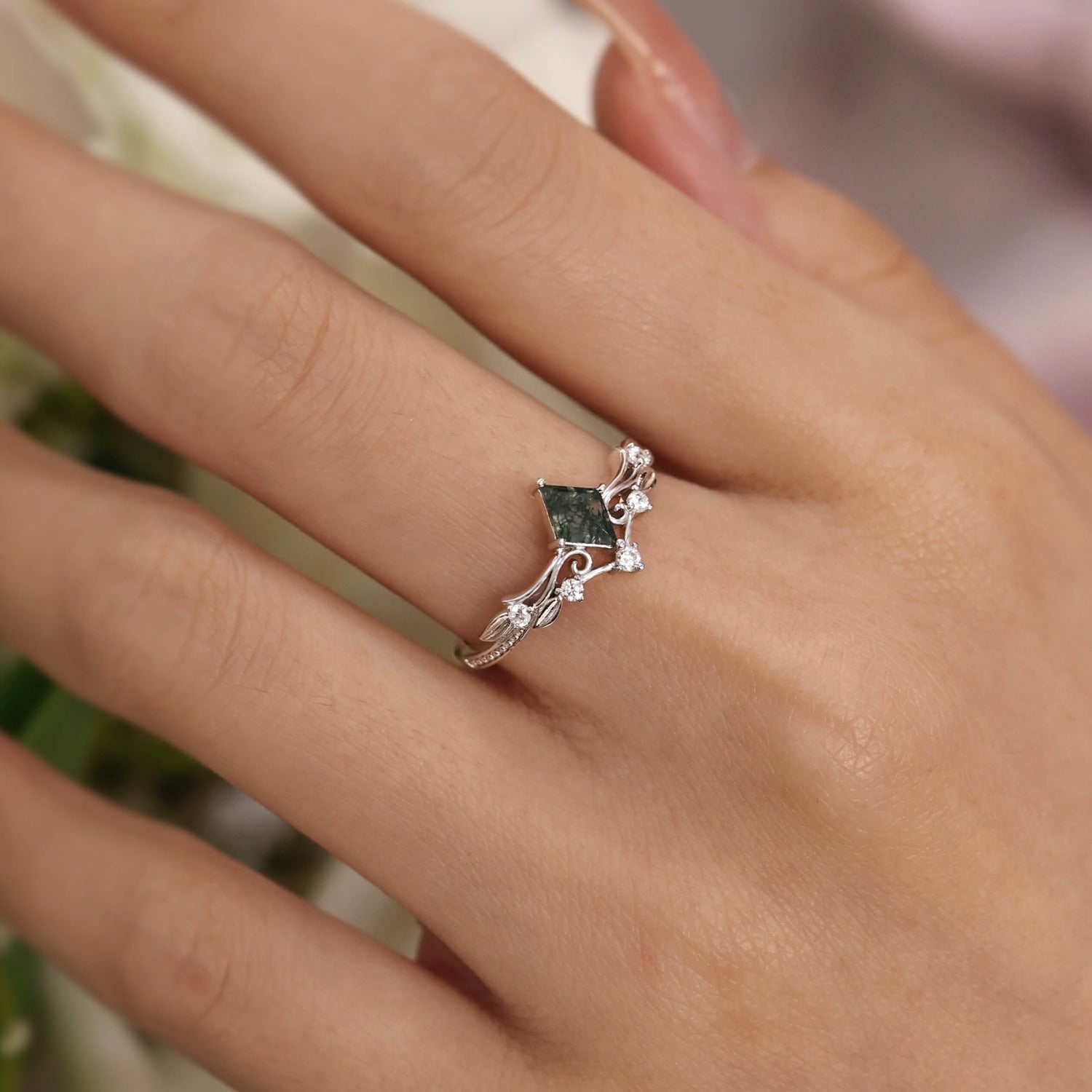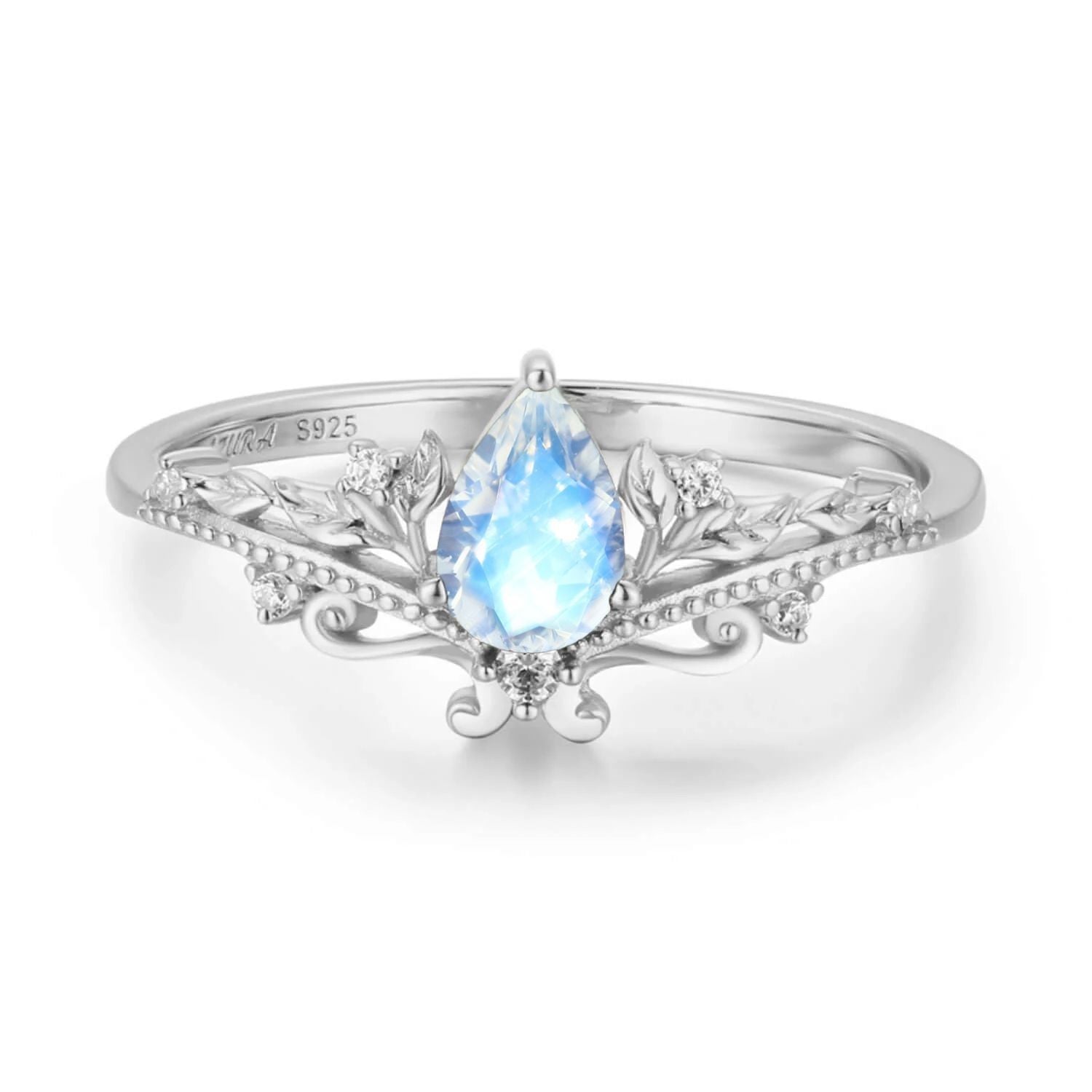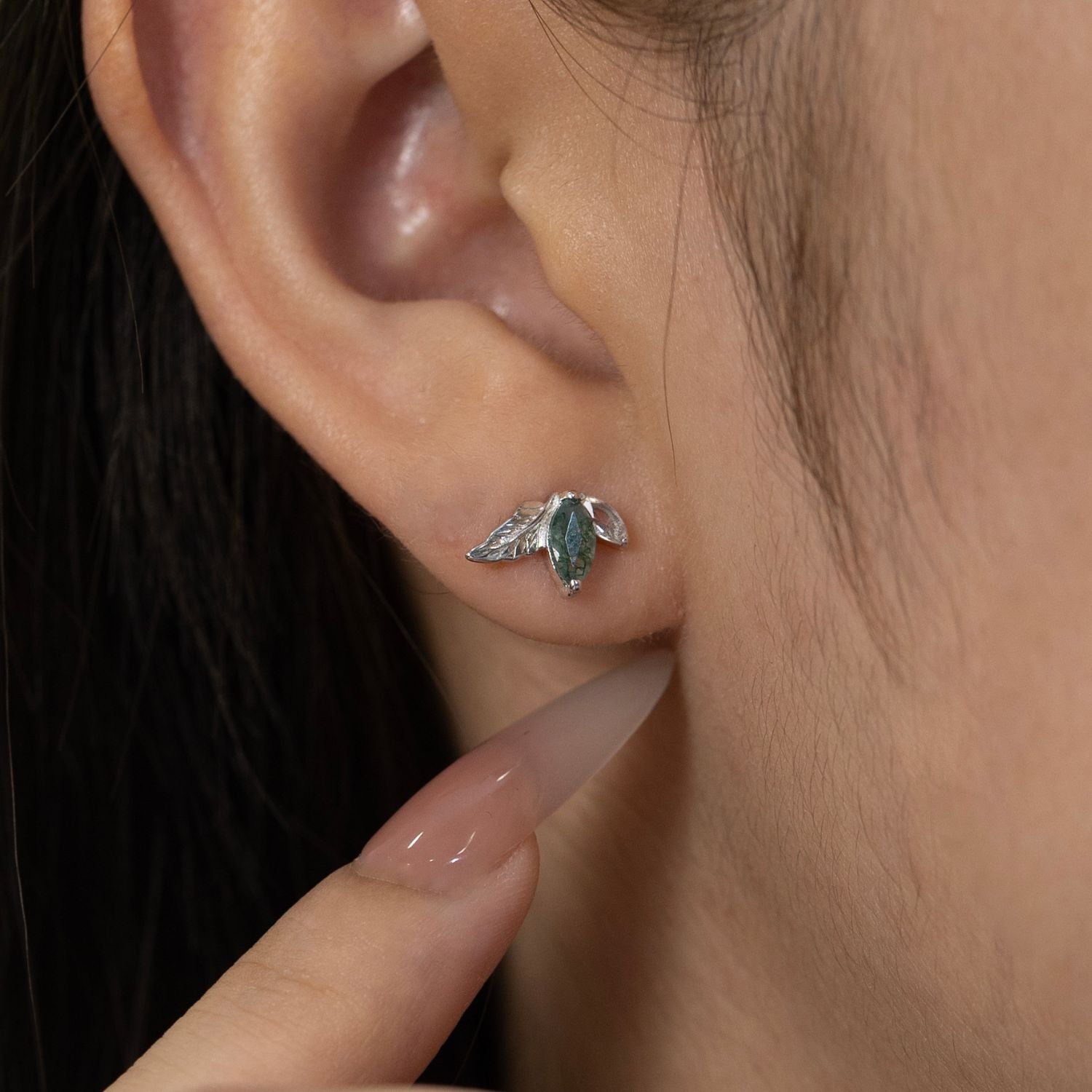“As an Asian international student from South Korea living on the west side of Oslo for over a year, I faced many horrible things in the streets that white students would not have: people giggling at my face from a distance, white kids stopping me asking if I can speak English with laughter, white people telling me to leave the country since I don’t speak Norwegian" - narrated Jimin Nam In an article titled “the problem is bigger than you think”, where she voiced out her experience has a victim of racism.
“white teenagers throwing little rocks at me, a white man grabbing my arm in the street while I was walking because he found me “cute”, white people imitating Korean words spoken by me and my Korean friends, white men randomly shouting “ching-chang-chong” – a racial slur to demean Asians – at me in the street for taking pictures of the flowers.
Similar stories are persistent amongst Asian Americans, some even leading to death.
More recently, on the 17th of March 2021, the fatal shootings of six Asian women in Georgia on Tuesday at different spars by Robert Aaron Long have made the disturbing trend of the past years more conspicuous.
2020 witnessed a surge in anti-Asian violence in the United States, which many commentators attributed to the former President of the United State, Donald Trump’s racist remarks calling the coronavirus the ‘Chinese virus’.
On 19 March, 2020 days after the Former President began referring to the coronavirus as the ‘Chinese virus’, Asian American civil rights groups in San Francisco launched the Stop AAPI Hate reporting Centre to document the growing numbers of racist acts targeting Asian people in the United States.
The website, within two weeks reported over 1,100 incidents, which includes acts of verbal and physical assaults that were laced with insults like ‘go back to China’ and other obscenity linking Asian bodies to disease.
Analysts have been quick to figure out this is not a new phenomenon. Russell Jeung, a co-organiser of Stop AAPI Hate, remarked;
‘We have seen time and again how dangerous it is when leaders scapegoat for political gain and use inflammatory rhetoric to stir up both interpersonal violence and racist policies. As we’ve seen throughout American history – from the Chinese Exclusion Act of 1882 to Japanese American wartime incarceration and most recently, immigration bans – Asians have been targeted with such vehement hate.’
Violence against Asians was an avenue in which European immigrants became Americans. The culture of violence necessitated the acts, their public disparity and the spread of the imagery of brutality in the form of postcards and snapshots.
On 24 October 1871, a mob of nearly 500 attacked Chinese residents in Los Angeles, dragging them from their homes and hanging seventeen victims in what became the largest mass lynching in US history.
On 2 September 1885, white coal-miners at Rock Springs, Wyoming, killed at least twenty-eight Chinese miners, a coordinated brutality that involved scalping and castrating some victims before driving the rest of the Chinese workforce out of the camps.
Two months later, in Tacoma, Washington, hundreds of armed men lay hold of two Chinese neighbourhoods and violently expelled all 800 to 900 Chinese residents from the city.
These campaigns and sadistic rituals did more than accomplish the stated aim of driving out the Chinese.
They were at heart to forge a community to assert the white identity and maintain the colour line, which extended beyond the US Borders.
Race and the Contemporary American Culture
In contemporary American culture, race has multiple and contradictory meanings.
On the one hand, race commonly refers to heritable traits of skin color and hair type. On the other hand, race is associated with culturally inflected mannerisms, such as what one eats, how one speaks, and how one carries herself or himself.
In current American cultural discourses, race often brings to mind people who are not white, while whiteness remains unmarked and serves as a benchmark category—as if white is not a race.
The second feature in American racial discourses is the alignment of a race-based social group with innate or inner qualities rather than class.
Third, the focus on black and white sometimes obscures other groups within the United States, such that Hispanics, Latinos, Chicanos, and Native Americans often fall under the rubric of ethnicities rather than “race.
The 1980s Emergence of Asian American Activist Organizations
The surge in hate crimes against Asian in the 80’s necessitated the establishment of grassroots movements such as the Coalition Against Anti-Asian Violence (CAAAV) which was established in New York City in the summer of 1986.
CAAAV drew its members from other civil rights and labour groups, including Asian American Legal Defense and Education Fund, Korean Americans for Social Concern, New York Asian Women’s Center, the Japanese American Citizens League – New York Chapter, among others.
Perceiving an upward scale in hate crimes against Asians throughout the country, CAAAV sought to identify and tackle the problem from its source. Its statement of purpose read:
‘The recent series of attacks on Asian Americans is neither a new phenomenon nor an aberration in an otherwise just and peace-loving society.’ Rather it is a function of ‘the American economy that is based on . . . confiscated lands and 150 years of institutionalized slavery’
The far-reaching view enabled organisers to see ‘police brutality’ as part of the organised violence of neoliberal accumulation by dispossession.
The Wong and Woo Family was the first campaign CAAV won in 1987, this Chinese immigrants were beaten by New York City police officers after they had broken down the door of their Chinatown apartment and entered without warrant, arresting them for allegedly bootlegging cable television services .
Acknowledging the fact that such police conduct occurred always in bereft Black and Brown communities, a known practice later termed as ‘broken windows policing’ that criminalised racial stereotypes. There was an effort to hold the police responsible for their heinous acts with other groups
On 28 July 1987, CAAAV mobilised 200 Chinatown residents to deliver a community indictment of the 5th Precinct police, condemning its racist violence.
Nodutdol is one such organisation. Formed in 1999 by Koreans in New York City united by a struggle to end war and militarism on the Korean peninsula and in the United States,
Nodutdol solicited for the lifting of US-backed sanctions that prevented life-saving medical equipment from entering North Korea, Venezuela, Iran and other countries.
Covid 19 and Racism in the US: Present Day
Many incidents have been associated to perceive the people of East Asian descent as the cause of the current Pandemic wave.
Since the first Chinese immigrants and railroad workers arrived in the U.S. in the nineteenth century, there has been anti-Asian racism that, over time, has taken multiple forms, many of which are precedents to the current demonization of people of East Asian descent.
Despite the fact that the use of face masks has been scientifically proven to prevent the spread of the virus, still, Asian-Americans were slandered when they wore face masks to help prevent the spread of the coronavirus.
A good hygienic practice during the pandemic was used in hate speech to frame Asian-Americans as the source of the disease
They were also unfairly accused of eating vermin and associated with disease and unhygienic practices
The unimaginable death toll from the pandemic and the crackdown on protests throughout the country in response to the police murders of George Floyd, Breonna Taylor, Tony McDade, Rayshard Brooks and many black people lays bare the violence of a system that cares for profit over people.
Asian American activist groups formed in the time of neoliberal multiculturalism have been among those on the front lines combating the government’s deadly negligence.
At a time when civil rights advocates were condemning Donald Trump’s racist rhetoric and the spike in hate crimes against Asians, some are reminding us yet again that ‘anti-Asian violence’ has deep roots.
They see the racism of the Donald Trump administration as part of the calculated cruelty of the United States itself, linking the COVID-19 pandemic to the violence of US empire.
The slow work of dismantling US imperialism calls for the implementation of radical forms of aid as well as the eradication of anti-Black racism, which requires nothing short of efforts ‘to abolish police and prisons and to undo the United States for our collective liberation.
The Way Forward
In the U.S., the House of Representatives passed, in September, 2020, a resolution condemning “all forms of anti-Asian sentiment as related to COVID-19” in a 243-164 vote. This is the House’s first measure to address anti-Asian discrimination related to the pandemic.
Terms such as the “Chinese flu” should be outlawed as much as words such as negro.
Reading histories of race may be a passive act, but if it leads to recognition of one’s self in others, then it is an important step for our society.
This is ultimately why the fight against anti-Asian violence is one with the struggle for all Black lives. In New York City, Seattle, Los Angeles, and other cities throughout the United States ravaged by the COVID-19 pandemic and by the violence of capitalism, groups are uniting and fighting for the lives of those left to die.
Alongside demands to defund and dismantle the police, people are modelling other ways of living through mutual aid and practices of transformative justice. They are showing that the time for decolonisation is now, and when this moment goes, another world will be achievable.









